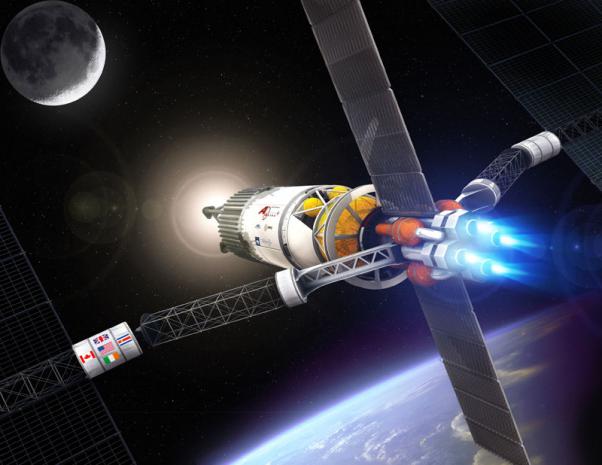
Breaking News
 Who Really Owns America (It's Not Who You Think)
Who Really Owns America (It's Not Who You Think)
 Canada Surrenders Control Of Future Health Crises To WHO With 'Pandemic Agreement': Report
Canada Surrenders Control Of Future Health Crises To WHO With 'Pandemic Agreement': Report
 Retina e-paper promises screens 'visually indistinguishable from reality'
Retina e-paper promises screens 'visually indistinguishable from reality'
 Unearthed photos of 'Egypt's Area 51' expose underground complex sealed off...
Unearthed photos of 'Egypt's Area 51' expose underground complex sealed off...
Top Tech News
 Future of Satellite of Direct to Cellphone
Future of Satellite of Direct to Cellphone
 Amazon goes nuclear with new modular reactor plant
Amazon goes nuclear with new modular reactor plant
 China Is Making 800-Mile EV Batteries. Here's Why America Can't Have Them
China Is Making 800-Mile EV Batteries. Here's Why America Can't Have Them
 China Innovates: Transforming Sand into Paper
China Innovates: Transforming Sand into Paper
 Millions Of America's Teens Are Being Seduced By AI Chatbots
Millions Of America's Teens Are Being Seduced By AI Chatbots
 Transhumanist Scientists Create Embryos From Skin Cells And Sperm
Transhumanist Scientists Create Embryos From Skin Cells And Sperm
 You've Never Seen Tech Like This
You've Never Seen Tech Like This
 Sodium-ion battery breakthrough: CATL's latest innovation allows for 300 mile EVs
Sodium-ion battery breakthrough: CATL's latest innovation allows for 300 mile EVs
 Defending Against Strained Grids, Army To Power US Bases With Micro-Nuke Reactors
Defending Against Strained Grids, Army To Power US Bases With Micro-Nuke Reactors
Pulsed Plasma Rocket

The Pulsed Plasma Rocket (PPR) is smaller, less complex, and more affordable.
They fire a 2 kilogram bullet down a barrel where it gets converted into plasma and generates the thrust.
They think it could enable 2-3 month one-way trips to Mars.
The performance of a propulsion system with high Isp and high thrust allows missions throughout the solar system and beyond which are not possible with current technology. Human missions to Mars in two months are possible. Alternatively, heavier ships containing shielding against Galactic Cosmic Rays are enabled so that the dose to the crew is reduced to negligible levels. This may be preferable for Mars missions or may enable human missions to the Asteroid Belt in acceptable timeframes. A mission to the 550 AU location where the Sun's gravitational lens focuses can be considered. They are focusing on a large, heavily shielded ship to transport humans and cargo to Mars for the development of a Martian base.

 SpaceX Heat Shield and Starship Mass Production
SpaceX Heat Shield and Starship Mass Production

